Taiwan: A simple guide to island’s tense history with China
Chinese military activity, a furious reaction sparked by US politician Nancy Pelosi’s visit to Taiwan, comes after decades of efforts to keep the status quo in the Taiwan Strait.
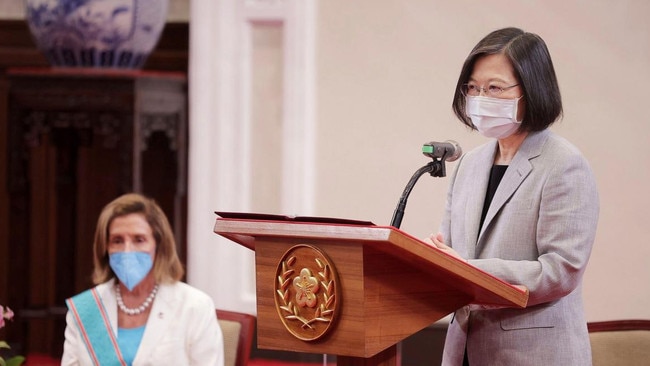
China, outraged by Nancy Pelosi’s visit to Taiwan, is undertaking military exercises close to the island and has fired ballistic missiles into the water close to it. Pelosi, Speaker of the US House of Representatives, visited the island on a tour of Asia despite repeated warnings from Beijing, which claimed that it would be a threat to its sovereignty.
The exercises are disrupting one of the world’s busiest shipping lanes and Taiwan expects a full military blockade.
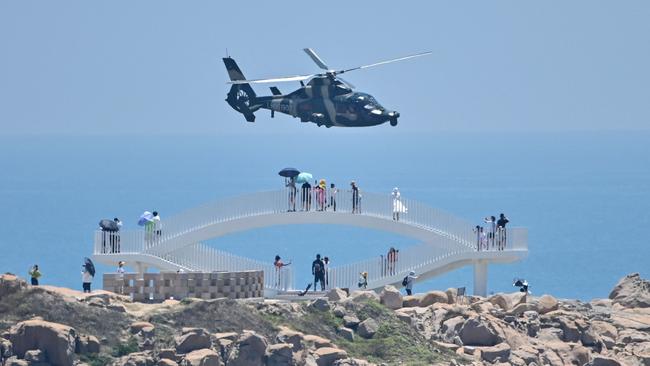
How did Taiwan come to be ruled separately from China?
At the end of China’s civil war in 1949 the nationalist Kuomintang party of Chiang Kai-shek defeated by Mao Zedong’s communists, fled to Taiwan, the last territory under its control. Mao declared the foundation of the People’s Republic of China, and was preparing to invade Taiwan the following year when the Korean War broke out and he turned to the defence of his communist ally in the north. The Kuomintang kept the name Republic of China, and the US treated it as the national government until 1979 when it switched recognition to Beijing. It retains a representative office in Taiwan, as do Britain and other friendly states.
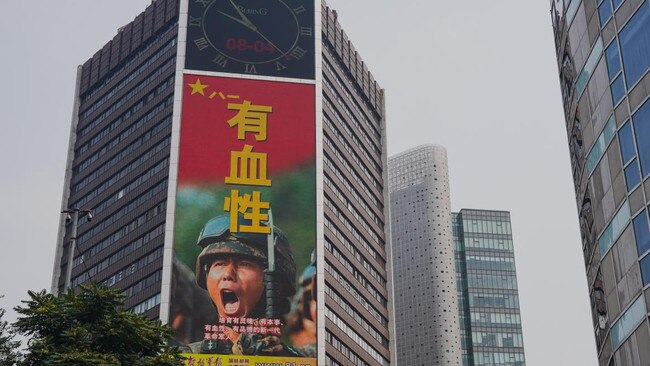
What prompted the current crisis?
For decades the two sides tried to keep the status quo, with Beijing refraining from attacking the island and Taiwan not declaring independence. By 2016 relations had become warm enough that people travelled easily between the mainland and the island but the election of Tsai Ing-wen as president of Taiwan infuriated Beijing. She comes from the Democratic Progressive Party, which opposes unification and would like to declare independence, though it stops short of doing so.
Beijing has sought to punish the island by intensifying its efforts to isolate it internationally. In 2020, it began to fly warplanes routinely to the island’s air defence identification zone, exerting military pressure on Tsai’s government.
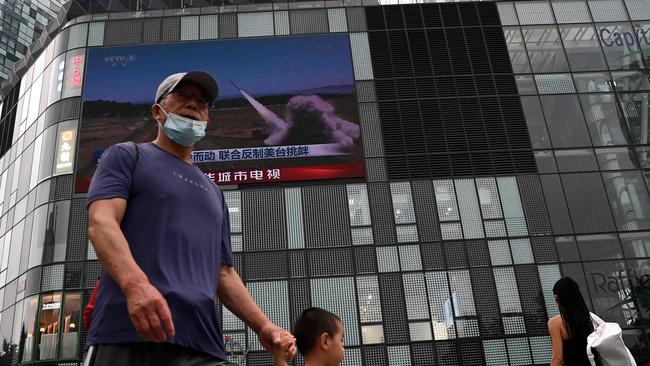
Who recognises Taiwan?
Officially, only 13 countries, mostly tiny island nations, along with the Holy See. But Taiwan maintains unofficial ties with dozens of countries, and its biggest ally is the US, which has stepped up its support in the face of threats from Beijing. Several European nations are also strengthening their ties.
How much of an issue is independence in Taiwan?
The Tsai administration has no plan to declare independence, and the US discourages the idea: it is certain to enrage Beijing and possibly trigger a hot war. There also is a strong argument in Taiwan that there is no need to do so because it is effectively sovereign already, even if it is not acknowledged as such.
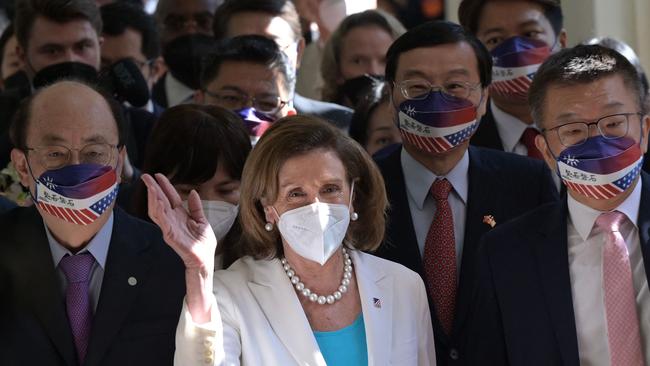
What Taiwan’s 23 million people probably want most is greater recognition in international bodies. At present, they attend the Olympics as “Chinese Taipei”, and are kept out of the United Nations and other organisations.
That was a problem during the pandemic: Taiwan is excluded from the World Health Assembly, the body that oversees the World Health Organisation, on Beijing’s insistence.
The Times



To join the conversation, please log in. Don't have an account? Register
Join the conversation, you are commenting as Logout